IF THESE WALLS COULD TALK
The Families of the Rogers Mansion
Rogers, Nugent & Parrish
EXHIBIT CLOSED 2015
Photo Essay 1: Rogers Family
Southampton Historical Museum
—————————————————
To commemorate the 375th Anniversary of the Founding of Southampton, the Southampton Historical Museum has curated an exhibit exploring the history of Southampton through the families who built and lived in the Rogers Mansion. In 1648, the Rogers family was the first to settle on the property, establishing a farm, and the first of three influential Southampton families who would follow. A whaling captain, a country doctor, and a retired lawyer-turned-philanthropist each made it their proud residence and when its days as a private home were over, the Mansion was sold to Southampton Village and used as headquarters for the YMCA, the Red Cross, a community center and presently the Southampton Historical Museum. This exhibit will highlight the families who lived here and the role the Mansion has played throughout Southampton’s long history.

Plaque: “Near this spot in June, 1640, landed the Colonists from Lynn, Massachusetts, who founded Southampton, the first English settlement in the State of New York.”
—————
Early Southampton
Imagine a fertile land with rolling hills surrounded by the sea where Native Americans roam, thriving by hunting in forests alive with wildlife and fishing in local waters teeming with fish. This quiet existence lasted for thousands of years, until 1640 when Southampton’s founders landed at North Sea, and everything changed. The first boat brought just 10 settlers who had stopped first in Lynn, Massachusetts, after leaving England for the New World. Tradition tells us that when the party’s sole woman stepped ashore, she exclaimed, “For conscience sake, we’re on dry land!” giving that place the name—Conscience Point—by which it has been known ever since. It is thought that the new arrivals followed the Indian trail that became North Sea Road and settled near the shores of today’s Old Town Pond.
They built their first homes—extremely rudimentary shelters—as well as a meeting house and, with advice from the Shinnecock, quickly planted hay, oats and corn in the hopes that their efforts would enable them to survive the winter. Though mutually wary, the Shinnecock and the settlers forged a relationship with benefits for both. The Indians taught the settlers how to survive in the
wilderness and the settlers, who had come with firearms, were able to protect the Shinnecock from their enemies. That first winter was extremely difficult but Southampton’s population continued to increase and before the New Year the original 10 settlers had grown to 150.
——————————————————–

Rogers Homestead
 In 1621 Thomas Rogers, the first of the line that would settle in Southampton, left England for America aboard the Mayflower accompanied by his three sons, William, Joseph and John. Unfortunately, when a wave of sickness spread through Plymouth, Massachusetts in 1641, Thomas was stricken and died. In 1642, when William Rogers, Thomas’ oldest son, settled in Old Town, Southampton, he opened the first chapter in the story of the Rogers Mansion.
In 1621 Thomas Rogers, the first of the line that would settle in Southampton, left England for America aboard the Mayflower accompanied by his three sons, William, Joseph and John. Unfortunately, when a wave of sickness spread through Plymouth, Massachusetts in 1641, Thomas was stricken and died. In 1642, when William Rogers, Thomas’ oldest son, settled in Old Town, Southampton, he opened the first chapter in the story of the Rogers Mansion.
In 1648, when the settlers decided to move from Old Town to the village’s present location and divided Main Street into 40 lots, William was allotted the land on which the Rogers Mansion stands today. As the Southampton colony continued to grow, it remained essentially self-governing but maintained close ties with New England. A 1686 census counts a total of 787 inhabitants and includes men, women, children, servants, transient persons and slaves. Life was getting easier but survival still depended on everyone assuming a share of the work. The main industry was agriculture, supplemented by occasional whaling and fishing.
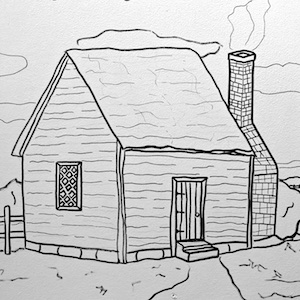 In 1655, William Rogers’ oldest son, Obadiah, became the owner of the Rogers homestead after his marriage to Mary Russell. The couple had seven children, all born in this house. Southampton, at this time, remained the domain of the original settlers, while newcomers were carefully vetted before they were allowed to purchase land and settle.
In 1655, William Rogers’ oldest son, Obadiah, became the owner of the Rogers homestead after his marriage to Mary Russell. The couple had seven children, all born in this house. Southampton, at this time, remained the domain of the original settlers, while newcomers were carefully vetted before they were allowed to purchase land and settle.
Though we have no images of the earliest structures erected on the Rogers property, we can assume that at that time, when self-sufficiency was imperative to everyday life and architecture was the servant of Puritan practicality, there would have been few aesthetic refinements. Colonial houses in the 1650s were rustic structures with small rooms. There was little time for frivolity and little room in the colonists’ homes for frivolous things. A building’s form followed function, not beauty.
———————————————————————————-
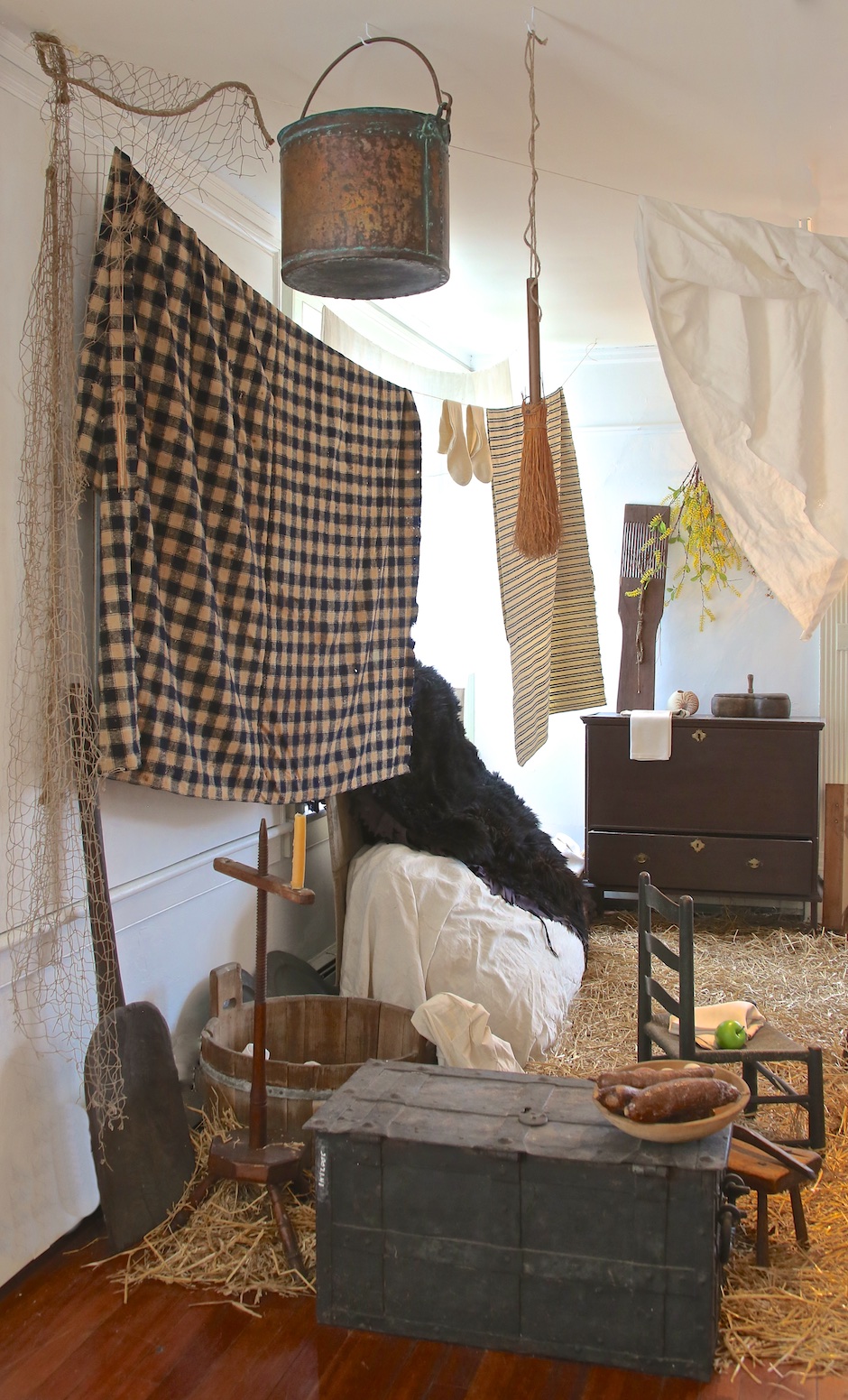


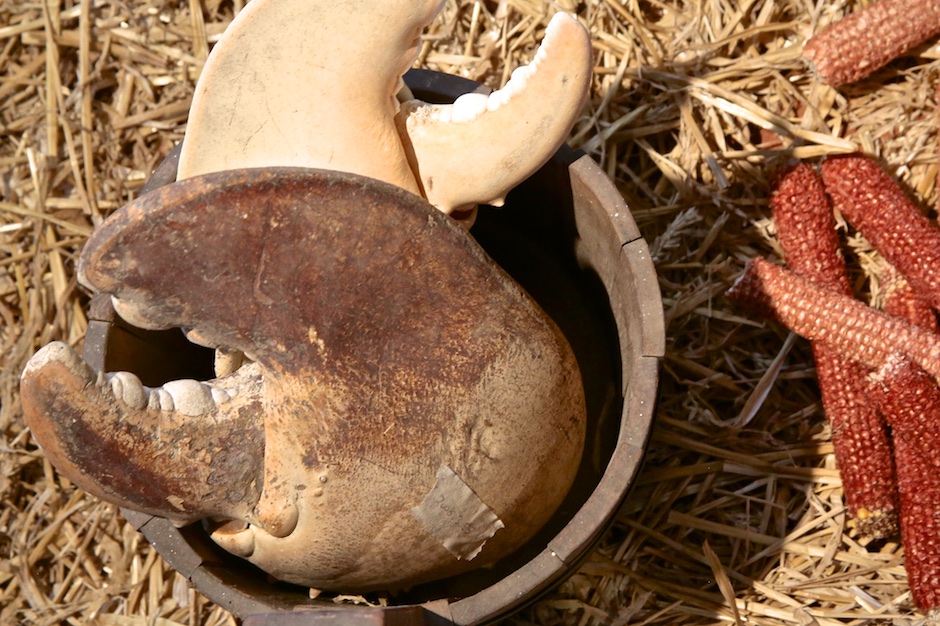
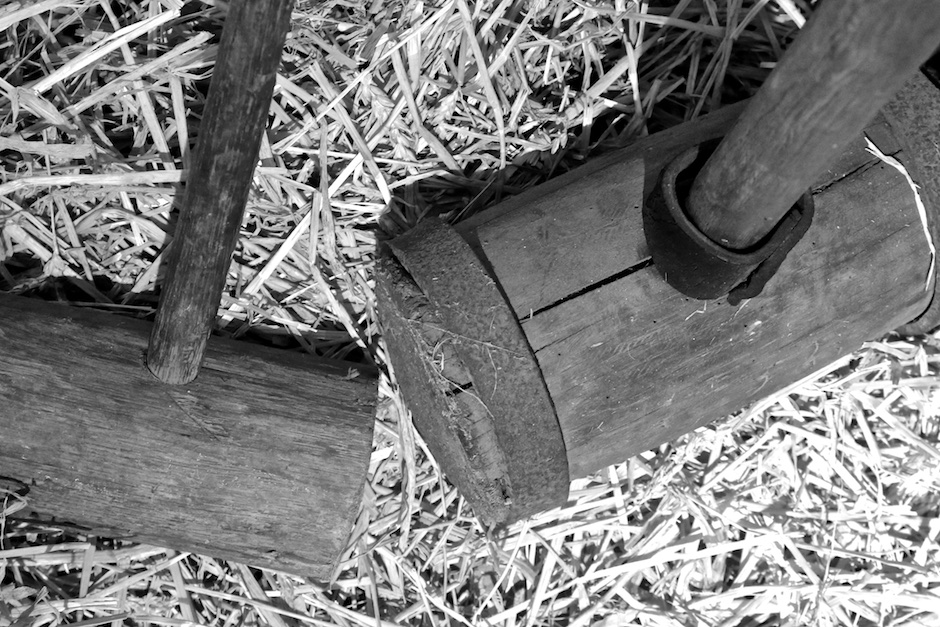
———————————————————————-
Rogers Mansion
Two hundred years after the move from Old Town, profits from a booming whaling economy brought prosperous times to Southampton in the pre-Civil War era. It was a brief but heady chapter in the life of the village when a worldly class of captains and their backers spent lavishly on handsome homes that were architectural reflections of their status.
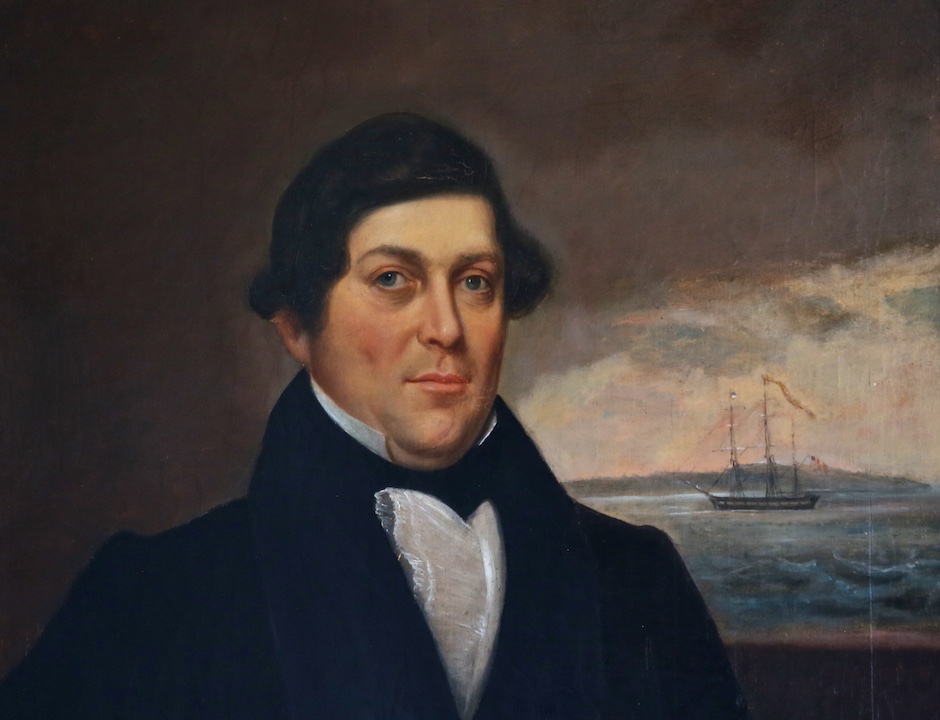
Captain Albert Rogers
Captain Albert Rogers was born on January 10, 1807 at the Rogers’ Southampton home. At the age of 20 he became the sixth generation of his family to own and live on the land originally allotted to William Rogers in 1648. In 1843, Captain Rogers was wealthy enough to build a house worthy of the successful whaling captain he was. He chose the popular Greek-Revival style for the Rogers Mansion, a testimony to his refined tastes and local
prestige. When gold was discovered in California in1849, Captain Rogers and other whaling captains from Southampton formed the Southampton California Mining and Trading Company and joined the Gold Rush. From his travels hunting both gold and whales Captain Rogers brought back many treasures from exotic port cities which he would have used to decorate the Rogers Mansion, putting many on display in his “Best Parlor.”
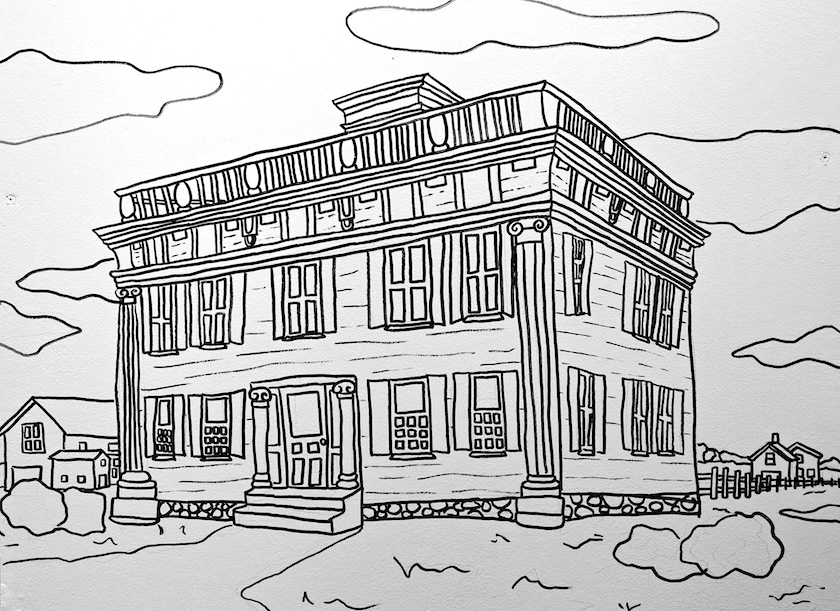
As the 19th century progressed, there was a shift in architecture bringing an increased focus on detail, decoration, openness and symmetry. The Rogers Mansion, like most affluent homes of the time, would have boasted two parlors. The Best Parlor was designed to impress and demonstrate the family’s affluence. Usually the first room shown to guests, it was decorated with the family’s most impressive furniture—often more ornamental than functional. Whole-room carpets were common and helpful when furniture was constantly being moved. Walls were commonly decorated with a few prints or paintings. The Rogers family during the 1850s would have done as others did and “never sat in the (best) parlor but usually visited it.” (At Home: The American Family 1750-1870)

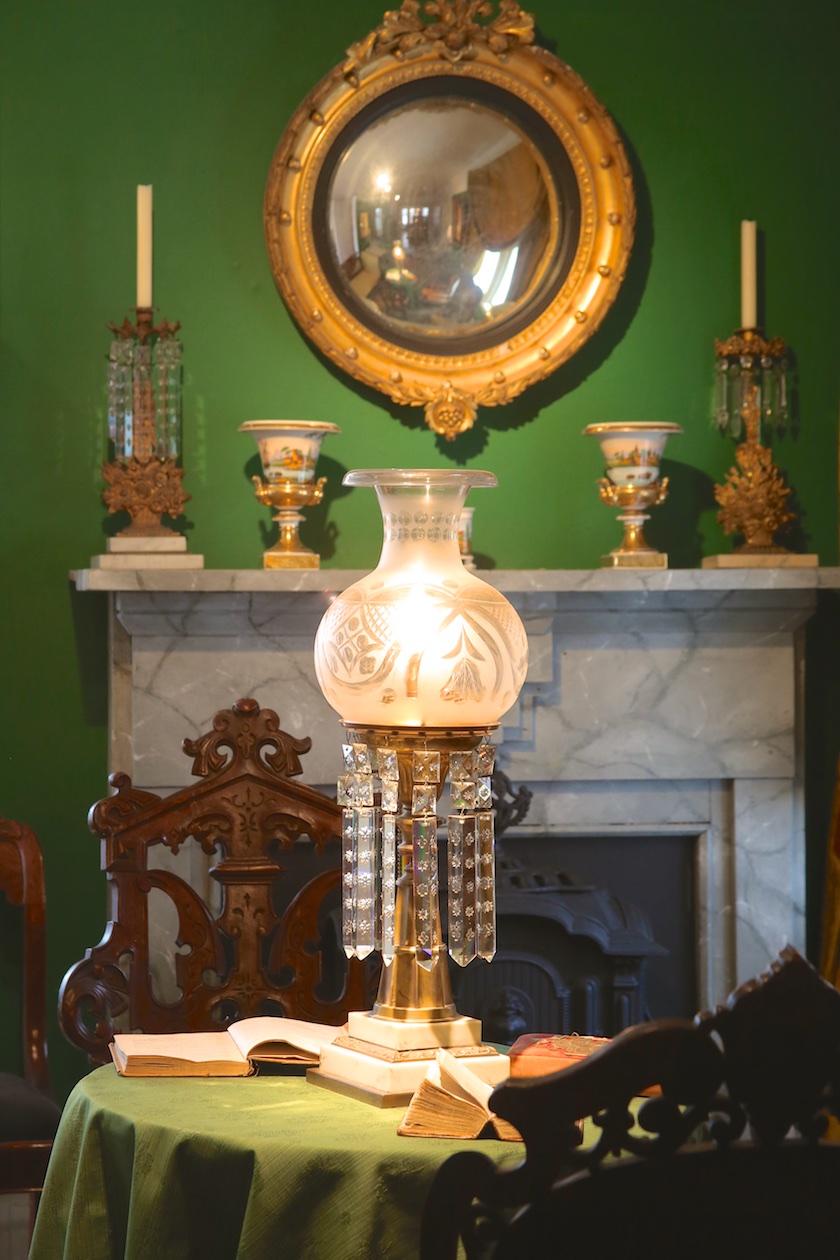

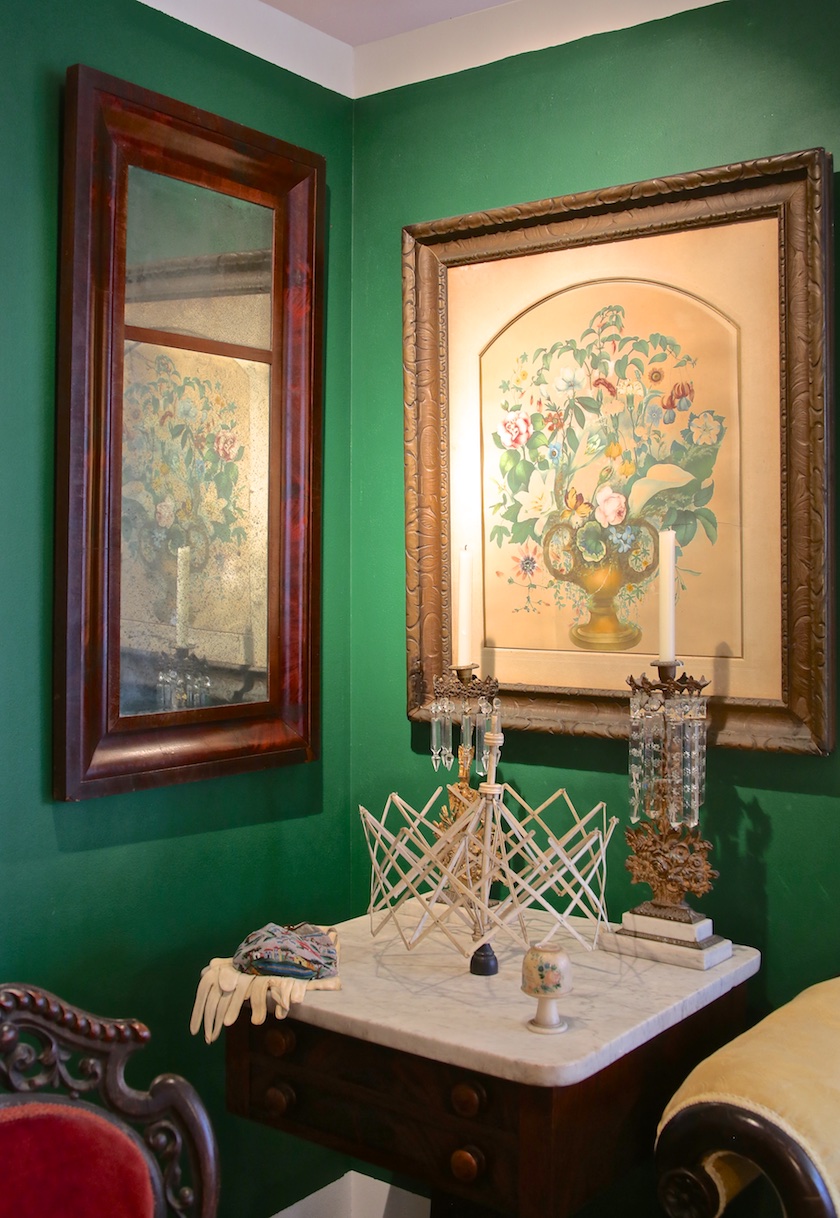
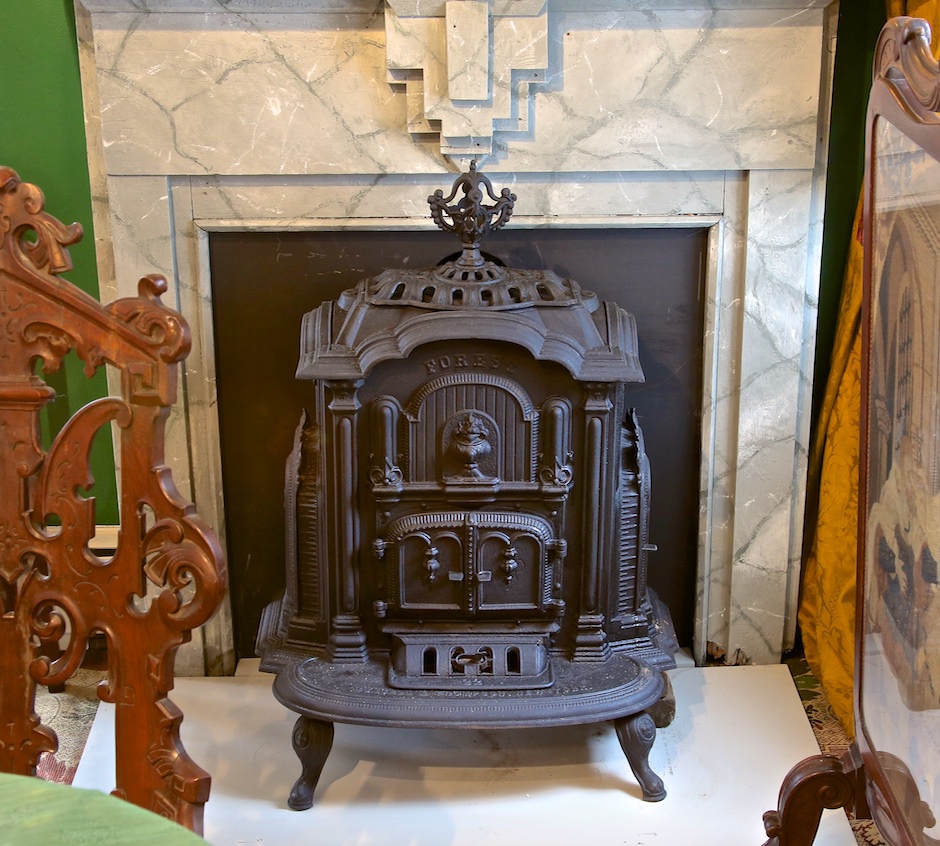

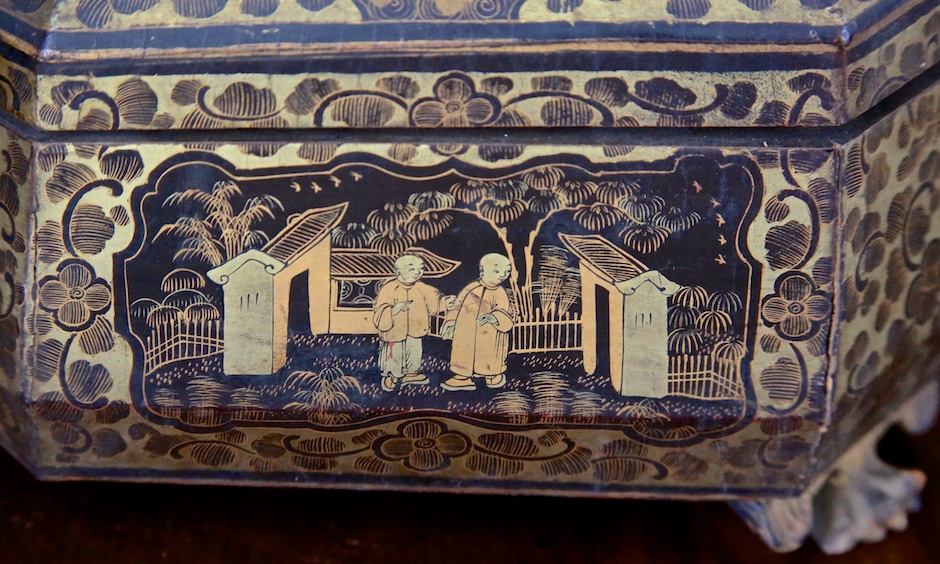
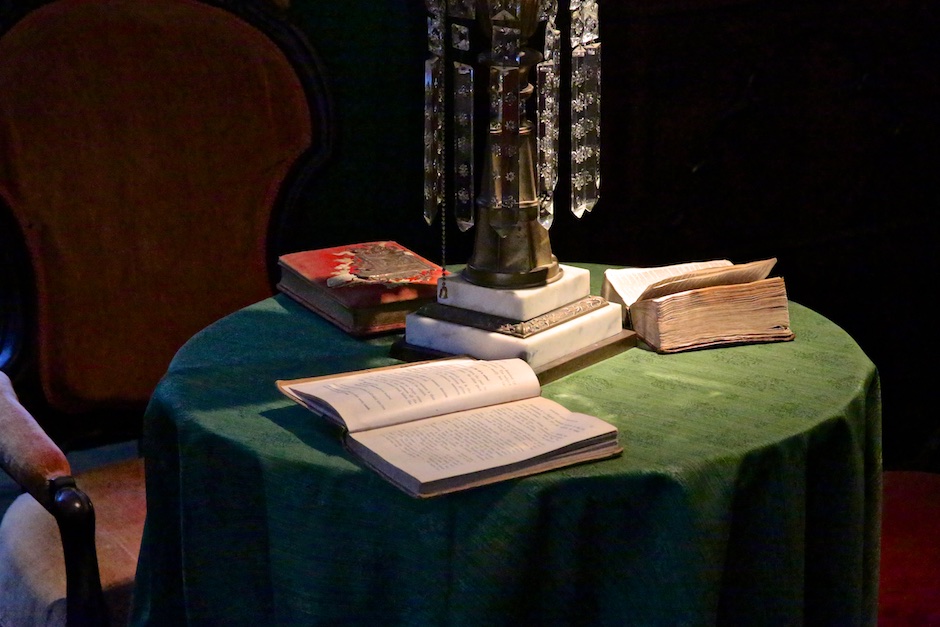
————————————————-
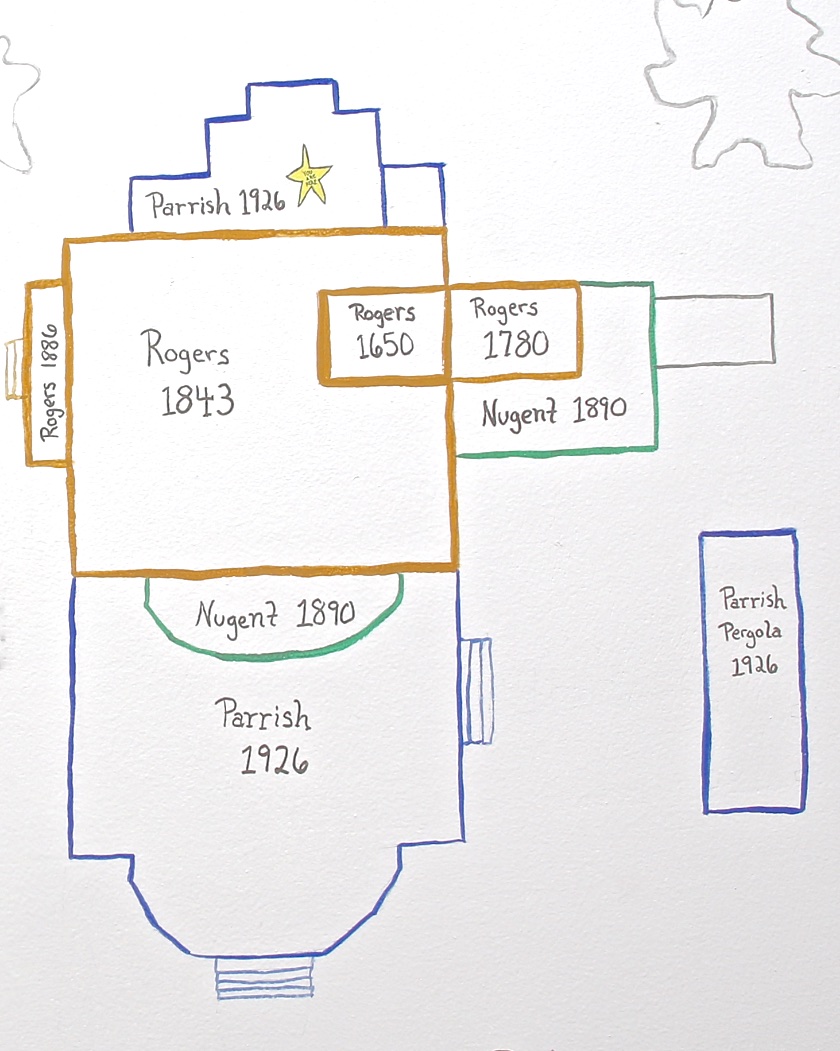
ROGERS MANSION TIMELINE
ROGERS FAMILY
1621 – Thomas Rogers leaves England and ventures forth to America on the Mayflower bringing along his three sons William, Joseph and John.
1645 – William Rogers is allotted three acres on Main Street where the Rogers Mansion stands today. William is the 1st generation to live on the Rogers Property. He and his wife Ann Hall Rogers, whom he married in 1642, raise their 6 children there.
1655 – William Rogers gives the Rogers Southampton property to his oldest son, Obadiah Rogers
(2nd generation). He marries Mary Russell and has 7 children.
1686 – Obadiah Rogers (3rdgeneration) marries Sarah Howell. After her death he marries Mary Clark and they have 6 children together.
1720 – Captain Obadiah Rogers (4th generation) marries Abigail Herrick. They have 8 children together, the youngest a boy Zephaniah.
1742 – Captain Zephaniah Rogers (5th generation) marries Elizabeth Sayre and they have 7 children together. The oldest boy is named Herrick. Captain Zephaniah Rogers is not only a whaling captain but also a soldier in the Revolutionary War. Zephaniah Rogers and William Herrick partner as merchants and open Rogers & Herrick.
1778 – Captain Herrick Rogers (6th generation) at the age of 21 marries Hannah Rose and they have 3 children. After Hannah’s death in 1803, he marries Phebe Sayre in 1805 and they have 3 children together. The
oldest boy is named Albert. Captain Herrick Rogers becomes a very successful merchant by continuing his father’s business.
1827 –Whaling Captain Albert Rogers (7th generation) inherits the Rogers home at the age of 20. Albert first
marries Mary Halsey whose death 5 years later leaves him a widower with no children. His second
marriage is to Mary’s older sister Cordelia and they have 3 children.
1843 – Captain Albert Rogers builds onto the original Rogers home and creates the Greek Revival Mansion that stands here today, though at that time it was located much closer to Main St.
1854 – Captain Jetur Rogers becomes the 8th and final generation of the Rogers family to inherit the Rogers
Southampton property. He marries Harriet Pierson and they have 3 children.
1881 – Dr. John Nugent opens an office in Southampton for the general practice of medicine, his lifelong
profession. He is the first in a line of prominent local physicians in Southampton. In 1886 he marries
Helen H. Fordham and they have 3 sons.
————–
DR. JOHN NUGENT
1889 – Dr. John Nugent buys the Rogers Mansion from the Rogers estate and becomes the first non-Rogers to live on and own this property. He moves his wife and one-year- old son John Jr. into the house and his younger sons, William and Paul, are both born in the house.
1890 – Dr. John Nugent builds the carriage house on the Rogers Mansion property.
————–
SAMUEL PARRISH
1899 –Samuel Parrish purchases the Rogers Mansion as a summer home from the Nugent family after they have lived there for 10 years. Samuel is a retired lawyer from NYC. In 1897 he built the Parrish Art Museum on Jobs Lane.
1927 – After substantially enlarging the Rogers Mansion, Parrish moves it back from Main Street and commissions Grosvenor Atterbury to design the commercial buildings in its place.
1928 – In 1928, at the age of 79, Parrish is married for the first time. His bride is Clara Bloxsom, a British-born widow.
1932 – Parrish dies at his New York residence at the age of 82 after being struck by a car.
1943 – The Trustees of Southampton Village buy the property from the Rogers estate and use it as a community center. The YMCA and the Red Cross occupy space in the Mansion.
1952- The house becomes The Southampton Historical Museum.
———————————————————————
IF THESE WALLS COULD TALK: THE FAMILIES OF THE ROGERS MANSION
Exhibit at the Rogers Mansion — thru December 31, 2015
Southampton Historical Museum
Emma Ballou, Curator & Registrar at the Southampton Historical Museum
Photo Essay — Rogers Family / Copyright Jeff Heatley, 2015.
Copy& Sketches courtesy of the Southampton Historical Museum.
Visit: www.southamptonhistoricalmuseum.org
————————————-
Visit these related Art & Architecture Quarterly / East End Portfolios:
Southampton Village Walking Tour
Rogers Mansion Museum Complex, Southampton
Rogers Mansion, Southampton, 1750 to 1926
_________________________________________________
———————ROGERS MANSION PHOTO ALBUM———————
——————– ARCHIVAL ——————–
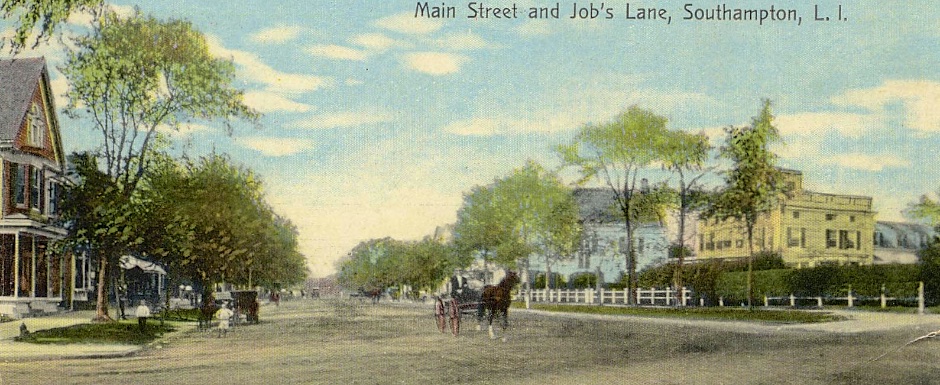

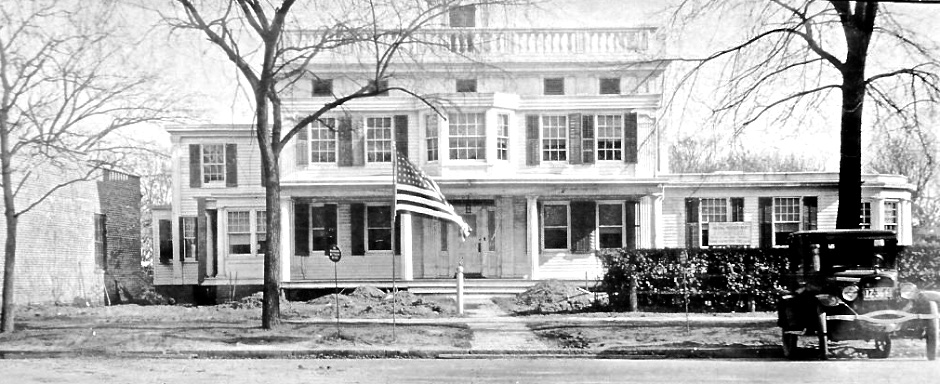
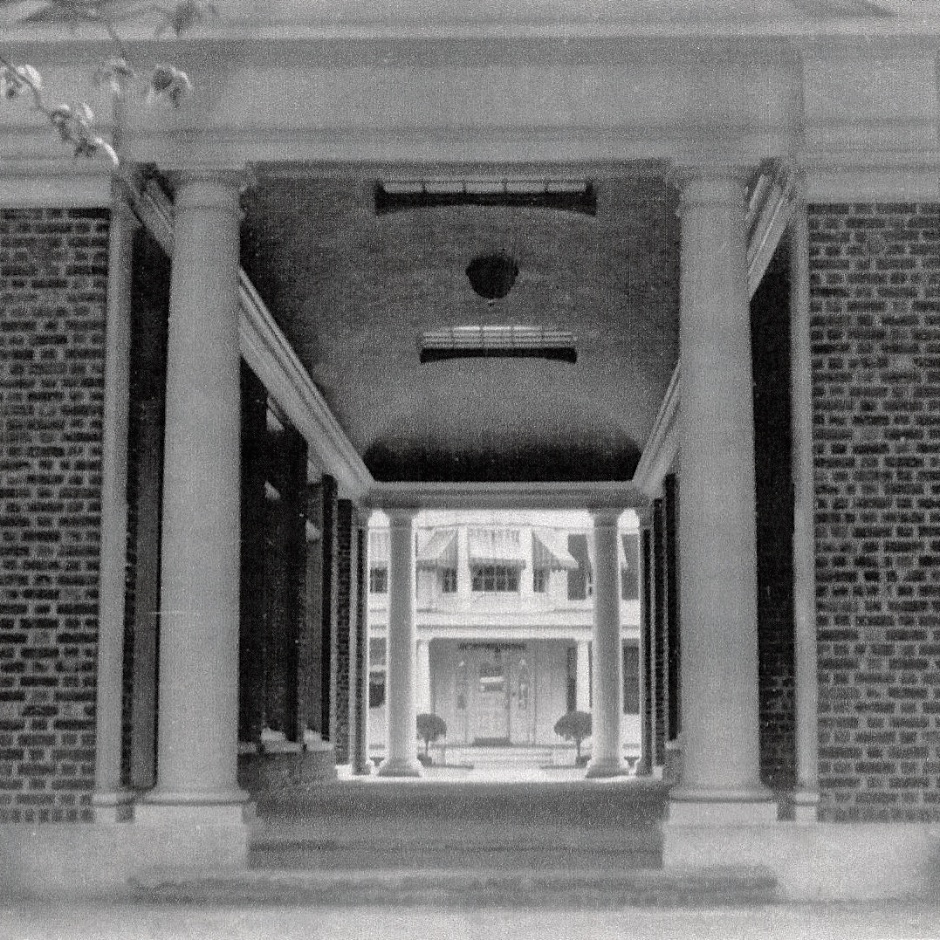
Rogers Mansion as seen through Arcade. Archival photos & postcards courtesy of the Southampton Historical Museum.
——————– Current ——————–
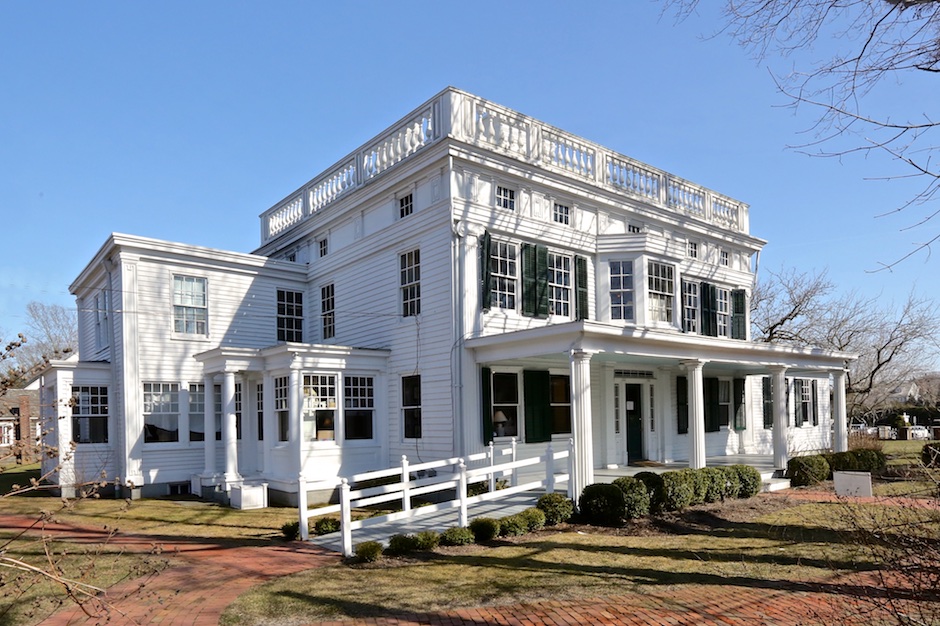
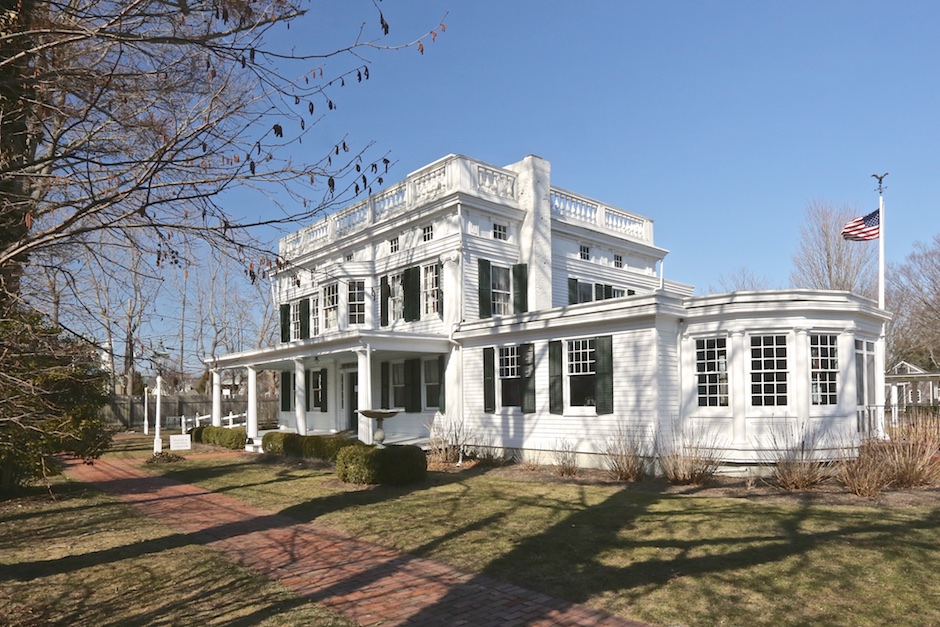


SOUTHAMPTON HISTORICAL MUSEUM
___________________________________________________


